Doing high level budgeting for a remodel on my house (2nd floor addition)
House is 54’x28′. Will probably use 22-24″ open web floor trusses spanning the full 28′ width of the house. 24″ oc. So thats 28 trusses, 28′ long, 24″ high.
What range cost am I looking at? Will I save much money if I choose to use floor trusses with a solid web?
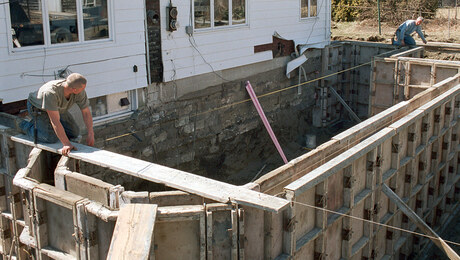

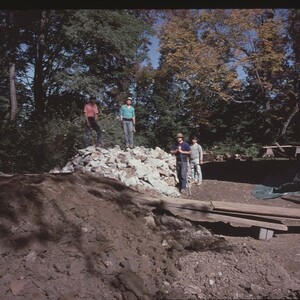
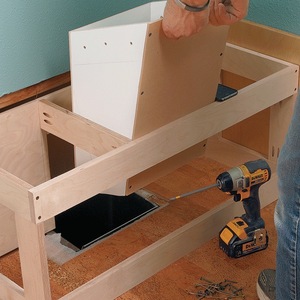
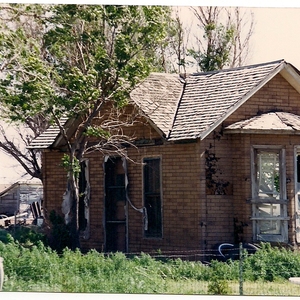
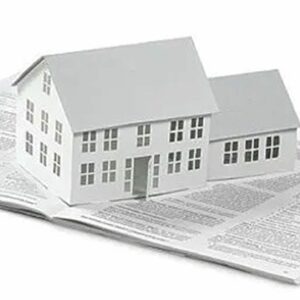












Replies
what the thunder is a SWAG????
http://www.netlingo.com/lookup.cfm?term=SWAG
Sophistacated Wild #### guess. Though, if I read the poster's ideals of going 24" centers, on his floor joist system, if he's not using 1 1/8" ply, I'll just guess, that he will regret it. Jim J
He can use 3/4" T&G if he sets them at 19.2"
Dave
Don't belive the thing about sofisticated.... Try stupid, generally fits better......
Who ever invented work didn't know how to fish....
A 28' wood webbed floor truss that's 24" deep will probably run you around a hundred bucks each. But that can vary quite a bit from one manufacturer to the next. I wouldn't span 28' with a floor truss that's less than 22" deep.
What you're calling a "floor trusses with a solid web" is an I-joist. They aren't trusses. They aren't manufactured in depths that will span 28' without problems. You can probably find someone who will tell you that 16" deep I-joists set 12" O.C. will span that far. But they're too shallow, and will be prone to vibration.
Read the thread on Floor Vibration before you do something with a long span like this.
"Here is the test to find whether your mission on earth is finished. If you're alive, it isn't." [Richard Bach]
Boss Hog - Oustanding post on floor vibration. And since I'm a VT grad, well, I'm not gonna fight with the engineering department that educated me (I'm a EE though - doubt my department did the work, maybe we built the FFT monitor thought).
At any rate, it's good news for me. I'm tearing off the entire 4/12 roof on my house, spanning the entire first floor exterior wall to exterior wall and putting on a 12/12 roof. I don't have to match up with any other flooring system, so height is of secondary concern to floor performance. 24" deep trusses are totally acceptable. Once the flooring system actually gets designed, I'll ask my truss rep to calculate the frequency for me....when I get a blank stare, I'll email you for the spreadsheet.
I want to go on 24" centers so I can build a "fake" coffered ceiling on the 1st floor. Once I build the new floor, I'll tear out the existing first floor ceiling, leaving me looking up at the bottom side of the trusses. I was going to wrap the trusses to make them look like fake beams and then put in some crossmembers every 2', then drop in some nice cherry/maple/walnut plywood squares. Some nice built up moulding all around each opening, etc. I think 16" oc will make the panels look a little small, so that's why I'm pushing for 24" oc.
And yes, I intend on using 1 1/8" subfloor.
Your coffered ceiling idea sounds interesting. I've never seen that done before. Just don't forget to allow for mechanicals.
Be sure to post pictures.........“Men occasionally stumble on the truth, but most of them pick themselves up and hurry off as if nothing had happened.” [Winston Churchill]
I don't have the scientific background and truss design experience that Boss has but I do have some building experience with long, open web floor trusses. Built a house once that was 26' wide - open web truss free span was probably around 25'. Floor trusses were 20" tall, 19.2 O.C. and ended up with quite a bit of floor bounce. Six months later, customer called back with "cracks between walls and ceilings". At first look I thought it was (roof) truss uplift: it was at the top of the partition walls near the center of the house where walls met roof trusses. After further investigation it was actually the floor that was sagging, pulling the walls down from the ceiling. Lesson learned...
If I were you, I'd request an L/480 floor design rather than the customary L/360. If my calculations are right, L/360, 28' span would allow nearly 1" of deflection!!! Boss? did I figure that right? Even L/480 allows a lot of deflection...
Thanks for the input.
My architect was explaining the L/360 is normal, but still allows 1" deflection over 30' span. Doesn't sound comfortable to me. He is aiming for L/600 because I have some bathrooms that will presumably have tiled floors. Not sure we can achieve that in a 24" or smaller truss, 24" oc. We shall see. It's all about the trade offs I guess.
You'll want the coffered ceiling to have a valid burn-through time. Make sure it's designed with that in mind, otherwise your inspector may smack you with a nasty.
If you can stand to lose 6" (or whatever depth the coffered ceiling will be) in room height, rock the ceiling for fire rating, then build false coffers.
Then you wouldn't be restricted with 24" truss spacing, which is looking to be marginal with the truss depths you're mentioning. Also, by laying out the coffered ceiling on the drywall, the dimensions and layout of the coffered ceiling are yours to control. In a large room, 24" oc may look a bit busy. Larger layout means less materials, a faster build, and with no restrictions due to wrapping the trusses, it'll likely give you a more aesthetically pleasing layout.
Floor performance should be number one with the span that you're writing about. Do the trusses once and do them right...then you can dream of the coffered ceiling.
Sounds like it'll be a very nice room when completed. Bravo.
A 26' span with a 20" deep floor truss sounds reasonable to me - And I'm awfully conservative on floors. If you had problems with them, I'd have to wonder if they were underdesigned or overloaded. Obviously there's no way to tell without looking at them.
If there was vibration in them I suspect that no strongbacks were installed.
You're right in saying that L/360 allows nearly an inch of deflection with a 28' span. But that's not the whole story. When you specify L/360 for deflection, that's taken to mean it's for the LIVE load only. For TOTAL load, L/240 is generally used. So now you're up to an allowable total deflection of 1.4".
If you look at span charts that say they're for L/480, they've probably used L/360 for total load. Use L/600 for live load, and L/480 is total load.
Also keep in mind that the L/360 or L/480 are not directly related to vibration. It's possible to meet L/480 and still have annoying vobration.How do you comfort someone who's being mauled by a wild animal? You don't. Kind words, flowers and sympathy cards aren't going to mean squat til you shoot the creature to remove the threat.
Thanks for the info Boss. I'll file that away in the old memory banks. I guess I assumed that the L/360 standard was refering to total load. Your point is well taken about vibration, and I do remember reading it carefully when you first posted your vibration thread.
As far as the house I was talking about, the strongbacks were installed - 2x6s - per the truss plans. I am just sharing what I saw. Last thing I heard about it was that the homeowner, house designer, and truss company were discussing it. As for myself, as the super, I just built what was on the plans.
I guess my point is that, from my field expierence, for long span trussed floor systems it's best to specify designs of less deflection (higher "/L" factor). This applies to I joists too. For regular dimensional lumber, the whole issue is a little more transparent, since (around here) most dimentional lumber floors are 2x10s SPF, and any builder/carpenter/etc worth his salt knows spans up around 15' are potentially a problem from a customer precieved performance standpoint.
Matt